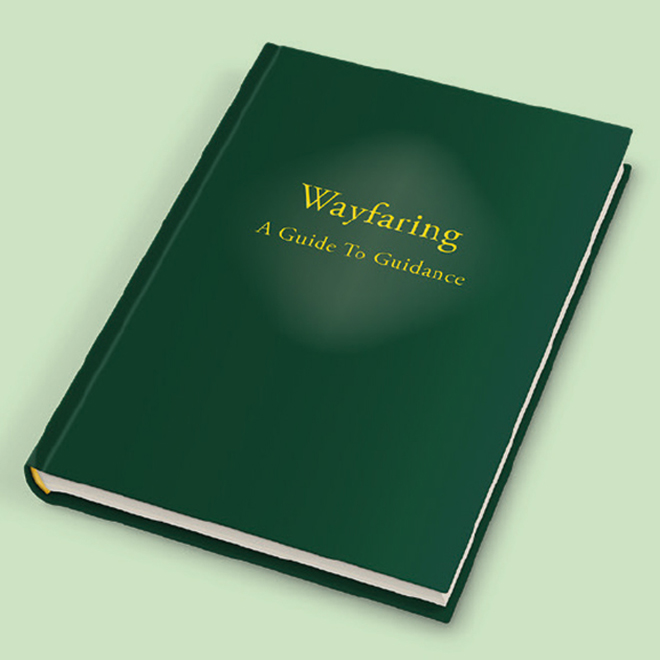'An apeirogon is a shape with a countable infinite number of sides. There is no one viewpoint. But this does not mean an anything-goes relativist stance.' Photo: Apeirogon book cover.
Apeirogon: A novel by Colum McCann
Author: Colum McCann. Review by Harvey Gillman
This book moved me in a way that few novels have ever done. I could only read a few pages at a time, so powerful was the effect on me. I was often close to tears.
